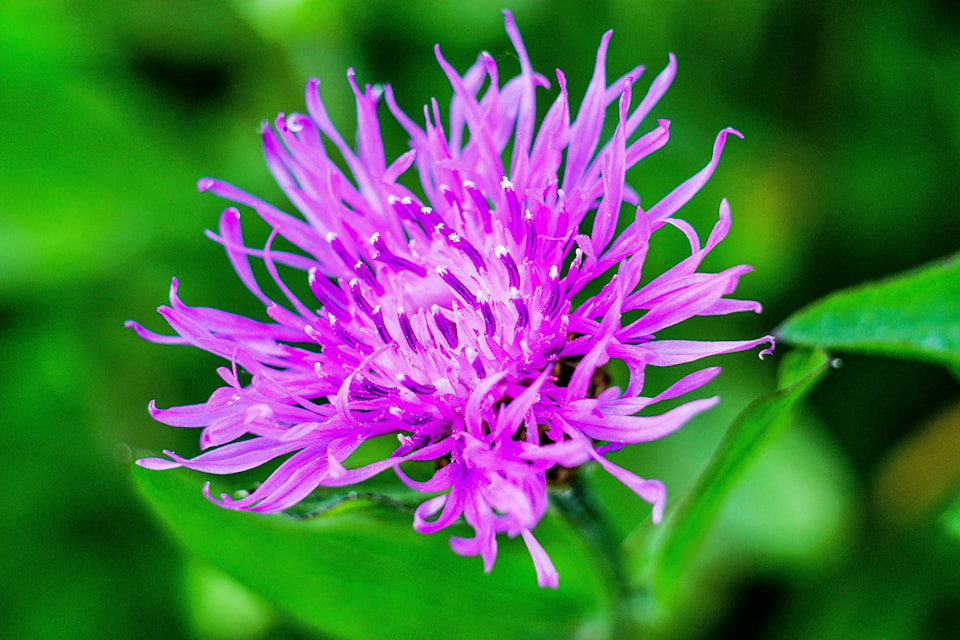There is a new resource available for those trying to deal with invasive species in the Okanagan.
From mussels to plants and insects, invasive species can be a challenge for Okanagan farmers, viticulturists, orchardists and ranchers. The zebra and quagga mussels, though they haven’t worked their way into B.C. yet, can threaten irrigation infrastructure. Insects cause problem for growers and invasive plant species can crowd out native plants in already threatened ecosystems.
The Okanagan Invasive Species Online website (www.oiso.ca) was officially launched earlier this month at the Okanagan and Similkameen Invasive Species Society’s (OASISS) AGM in Penticton.
Related: Province issues funds to combat invasive plants
The site makes information on local invasive species available in one place and accessible easily over phone or computer. It’s the first time the Okanagan Valley will have a centralized system to share information about invasive species identification and management, and it is now available to producers and the general public.
A range of human activities already make management of invasive species an ongoing issue, but climate change is expected to further alter the dynamics of invasive and native species.
“I think most of us do appreciate that the climate is changing,” said Keith Manders, an Okanagan rancher and member of the project oversight committee. He points to the frequency of extreme weather events like flooding, drought and fire over the past few years as examples.
“I think these weather extremes are going to promote the growth of, and allow for the introduction of, species that we have not seen as the new conditions will provide the invaders with a welcoming environment.”
Invasive species in the Okanagan are monitored and managed by the three Okanagan Regional Districts, along with non-profit organizations like OASISS, which led the project to build the site, with federal and provincial funding through the B.C. Agriculture and Food Climate Action Initiative.
“Invasive species do not recognize jurisdictional boundaries so it made sense to collaborate with all three regional districts to unify our programs,” said Lisa Scott, OASISS executive director.
The site is designed for the agriculture sector and allows producers to search by commodity, or by regional district to find species of concern. It also helps users connect with an expert in their area who can assist with identification and treatment options.
Steve Kidd
Senior reporter, Penticton Western News
Email me or message me on Facebook
Follow us on Facebook | Twitter | Instagram
